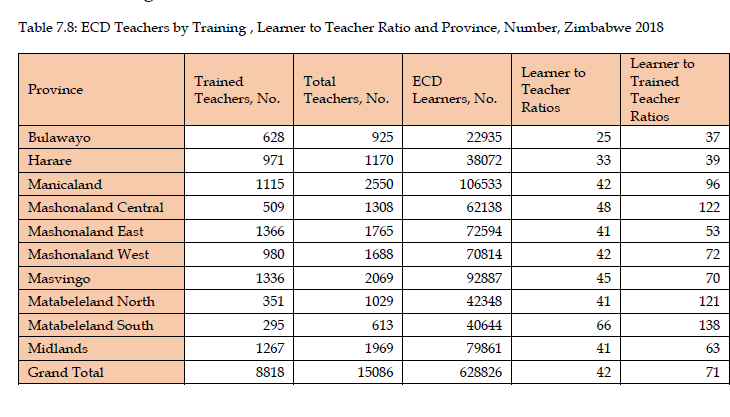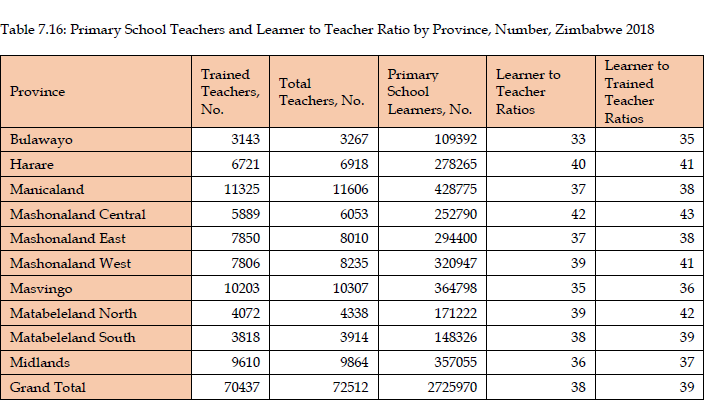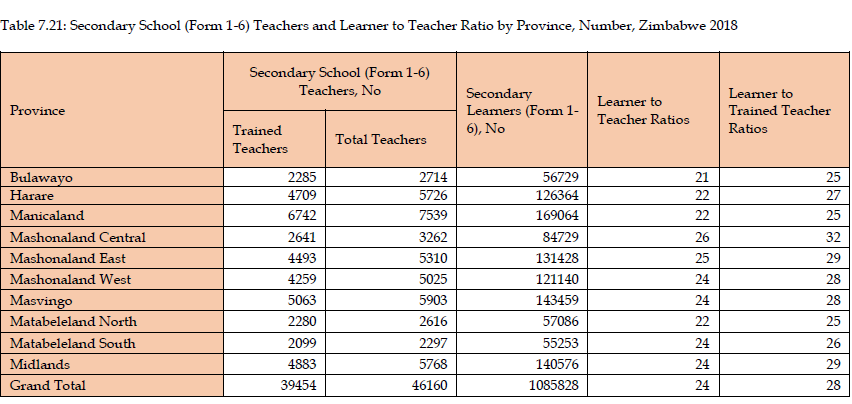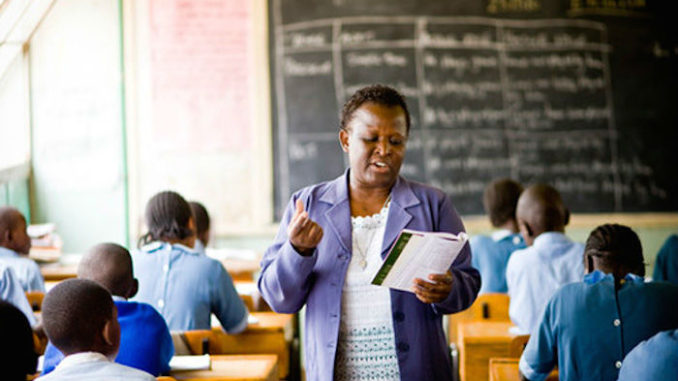The Zimbabwe government is looking at how schools can be reopened as safely as possible without exposing students and staff to high levels of contracting COVID-19.
No dates have been given, but Information Minister Monica Mutsvangwa says the immediate priority is ensuring that examination classes begin “in the shortest possible time.”
What are the key issues facing the authorities as they consider reopening the schools?
National environment and transmission rate
Zimbabwe is still in a partial national lockdown at what the government calls Level 2, where some industries and businesses are allowed to operate under rules requiring the provision of a safe working environment, face masks, social or physical distancing and arrangements for the testing for COVID-19.
Crammed classrooms
Many schools have large classes and crowded conditions, and before schools are opened, the government must spell out how the numbers will be managed to minimise the rate of transmission if there is an infection at any establishment.
In some schools the classes are so crammed that students sit shoulder-to-shoulder, and these will need to be split to implement social distancing.
Water and sanitation facilities
There are no secure water supplies at many schools and this will need to be fixed for the maintenance of clean sanitation facilities, including toilets, sinks and bathrooms.
Transport and movement of students
Reliable and safe transport, where physical distancing can be implemented, will need to be organised and managed for thousands of students who normally travel to school in crowded mini buses mostly from heavily populated townships in Zimbabwe’s major cities.
Safety and Personal Protective Equipment (PPEs)
Beyond the safety of students and teaching staff, schools will need personal protective clothing for other workers, including cleaners and gardeners, those managing food and kitchens at boarding schools and working at school clinics.
What is the teacher to pupil ratio in Zimbabwe?
Below are the teacher-to-pupil-ratios in Zimbabwe according to the 2018 primary and secondary education annual statistics report



Do you want to use our content? Click Here












